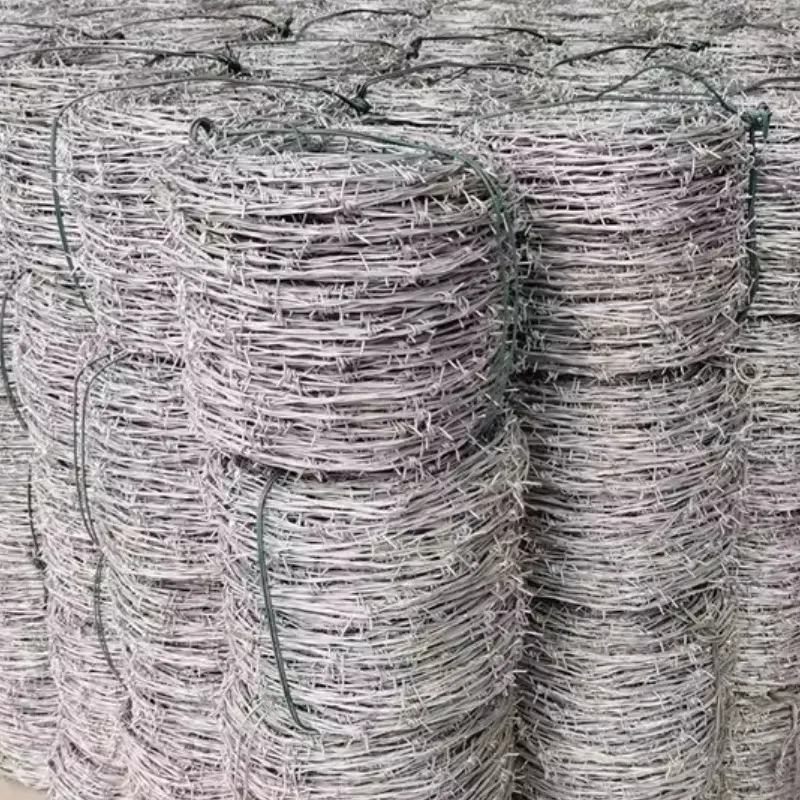-
 Phone:
Phone: -
 Email:
Email:

rock netting slope protection
Rock Netting Slope Protection A Comprehensive Overview
In the realm of civil engineering and environmental protection, slope stability plays a crucial role in maintaining the integrity of natural and manmade structures. One innovative and effective method of slope stabilization is rock netting, a technique designed to prevent rockfalls and erosion while promoting safe drainage and vegetation growth.
Understanding Rock Netting
Rock netting, also known as rockfall netting, involves the application of flexible mesh structures, typically made from high-tensile steel wire or synthetic materials, to protect slopes from falling rocks and debris. This system is particularly useful in areas prone to geological instability, such as steep hillsides, quarries, and mountain roads. By establishing a physical barrier, rock netting absorbs the energy of falling rocks and redistributes their weight, greatly reducing the risk of landslides and hazards to structures and human life below.
Components of Rock Netting Systems
A standard rock netting system consists of several key components the net itself, anchor points, and supporting structures. The net is designed to contain falling rocks, preventing them from becoming projectiles that could cause damage. High-strength anchors tie the net securely to the ground, ensuring that it withstands the forces exerted by both rocks and environmental elements like wind and water. Additionally, retention devices such as mesh panels can be incorporated into the system to enhance its effectiveness, capturing smaller debris while allowing vegetation to thrive.
Benefits of Rock Netting
1. Safety Enhancement One of the primary benefits of rock netting is the increase in safety for travel routes and surrounding areas. By reducing the likelihood of rockfalls, this method protects human life and vehicular traffic, particularly in mountainous regions where natural hazards are prevalent.
rock netting slope protection

2. Erosion Control Rock netting systems provide structural support to slopes, mitigating soil erosion. By preventing rockslides and securing loose material, vegetation can take root, further stabilizing the slope over time.
3. Environmental Preservation As a sustainable solution, rock netting allows for the natural reestablishment of flora, creating habitats for wildlife while protecting valuable ecosystems. Unlike rigid structures, netting adapts to natural soil movement and allows rainfall to pass through, reducing the risk of water pooling and runoff.
4. Cost-Effectiveness Implementing rock netting can be more economical compared to traditional heavy engineering solutions such as retaining walls or extensive grading operations. Its relatively simple installation process and minimal maintenance requirements make it a preferred choice for engineers and project managers.
5. Aesthetic Integration The flexibility of rock netting allows it to blend seamlessly into natural landscapes, preserving scenic views while providing necessary protection. This aesthetic advantage is particularly important in areas frequented by tourists and nature enthusiasts.
Challenges and Considerations
While rock netting offers numerous advantages, several challenges must be addressed during planning and implementation. Factors such as site geology, climate, and potential wildlife interactions can influence the effectiveness of the system. Proper engineering analysis and monitoring are essential to ensure long-term success and adherence to local regulations.
Conclusion
Rock netting slope protection stands out as a vital technique in contemporary engineering practices, providing a balance between safety, environmental impact, and cost-efficiency. As the demand for sustainable solutions increases, rock netting will likely play a key role in safeguarding slopes against erosion and rockfalls, ensuring the protection of communities and ecosystems alike. Its versatility and practical benefits position rock netting as a cornerstone in the ongoing effort to manage and preserve our natural landscapes while promoting infrastructure safety.
-
Wire Mesh for Every Need: A Practical SolutionNewsJul.25,2025
-
Steel Fences: Durable, Secure, and Stylish OptionsNewsJul.25,2025
-
Roll Top Fencing: A Smart Solution for Safety and SecurityNewsJul.25,2025
-
Cattle Farm Fencing Solutions for Maximum SecurityNewsJul.25,2025
-
Affordable Iron Binding Wire SolutionsNewsJul.25,2025
-
Affordable Galvanized Wire SolutionsNewsJul.25,2025
-
Wire Hanger Recycling IdeasNewsJul.25,2025








